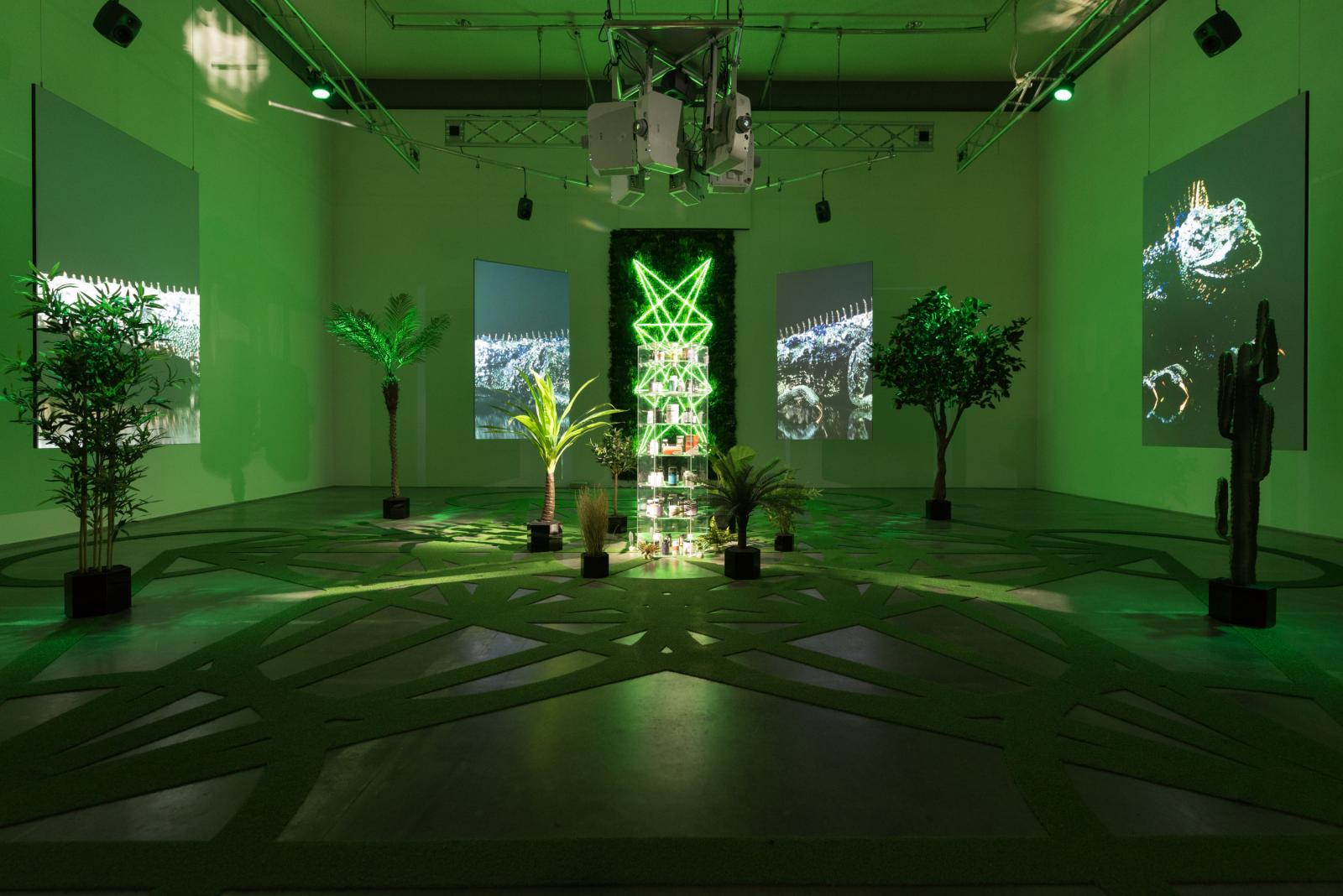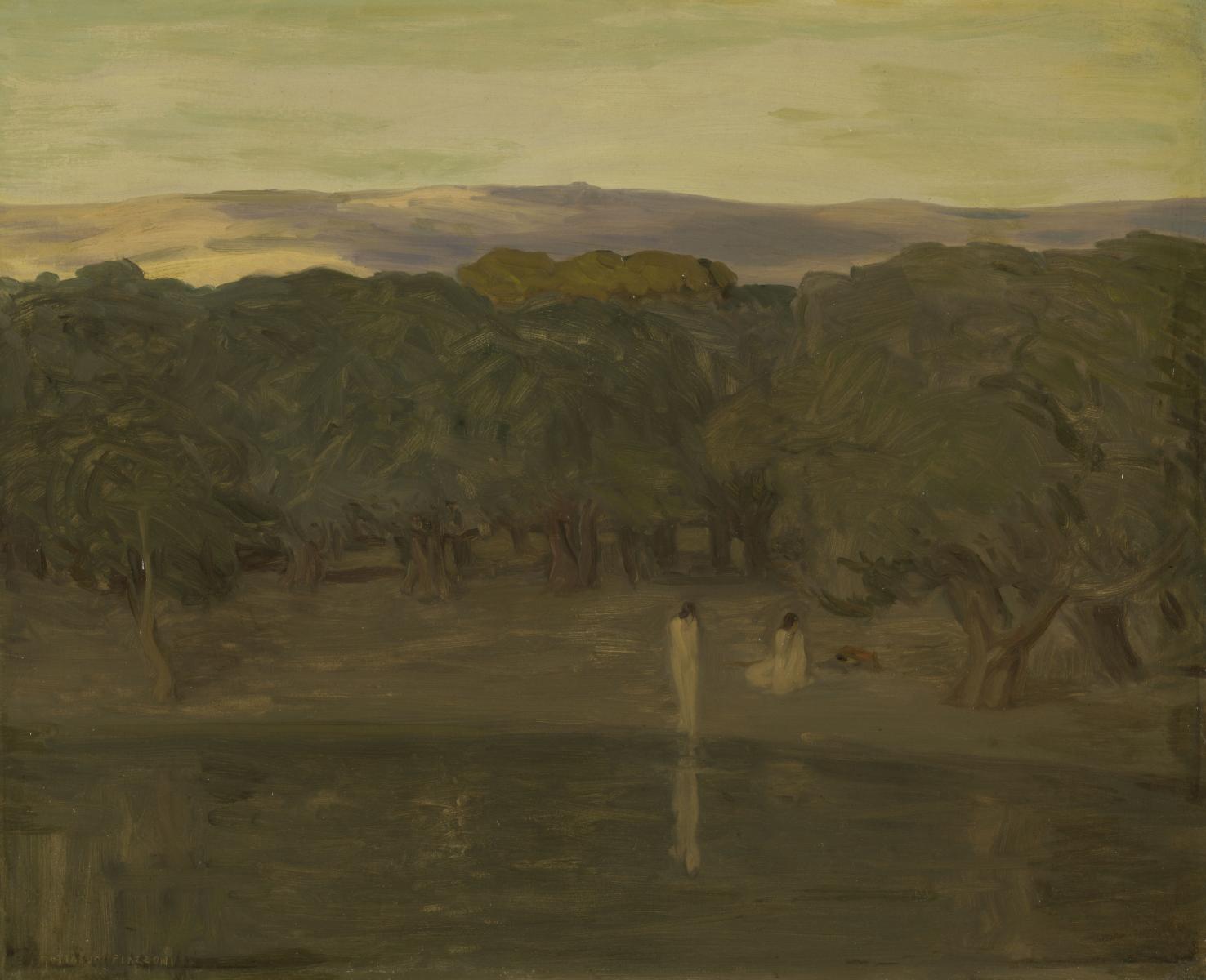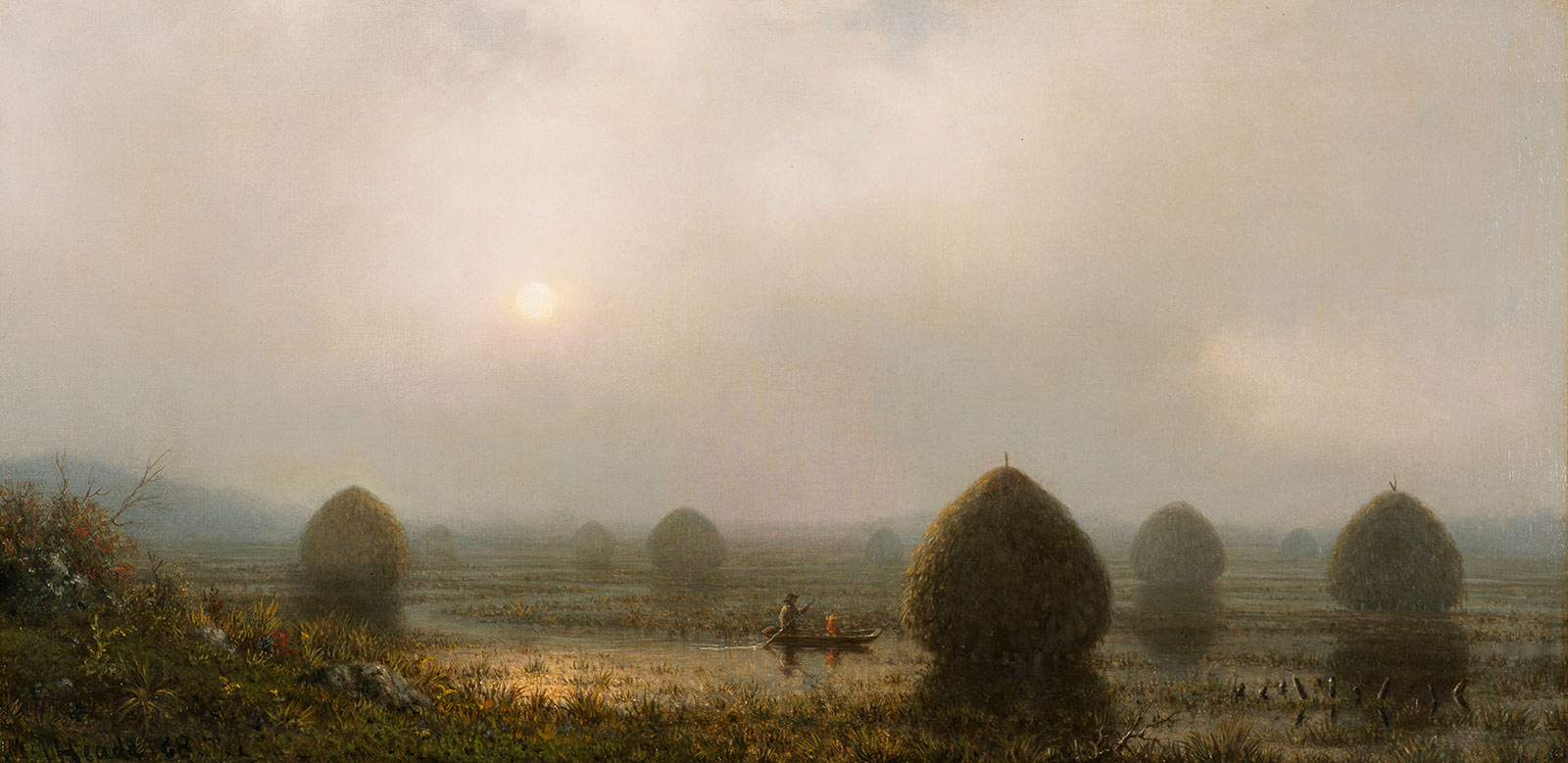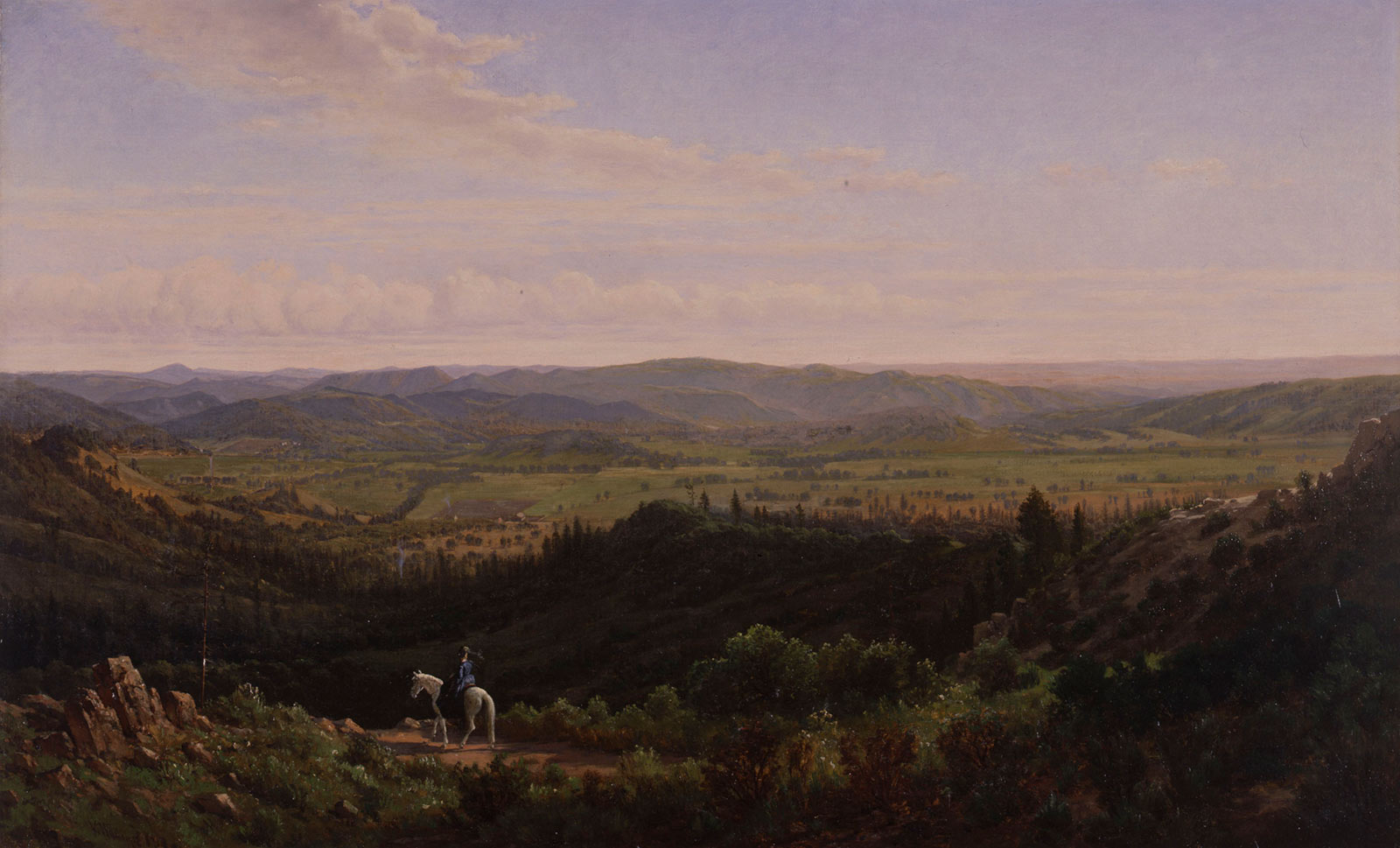Conversations with Bina48: 7, 6, 5, 2
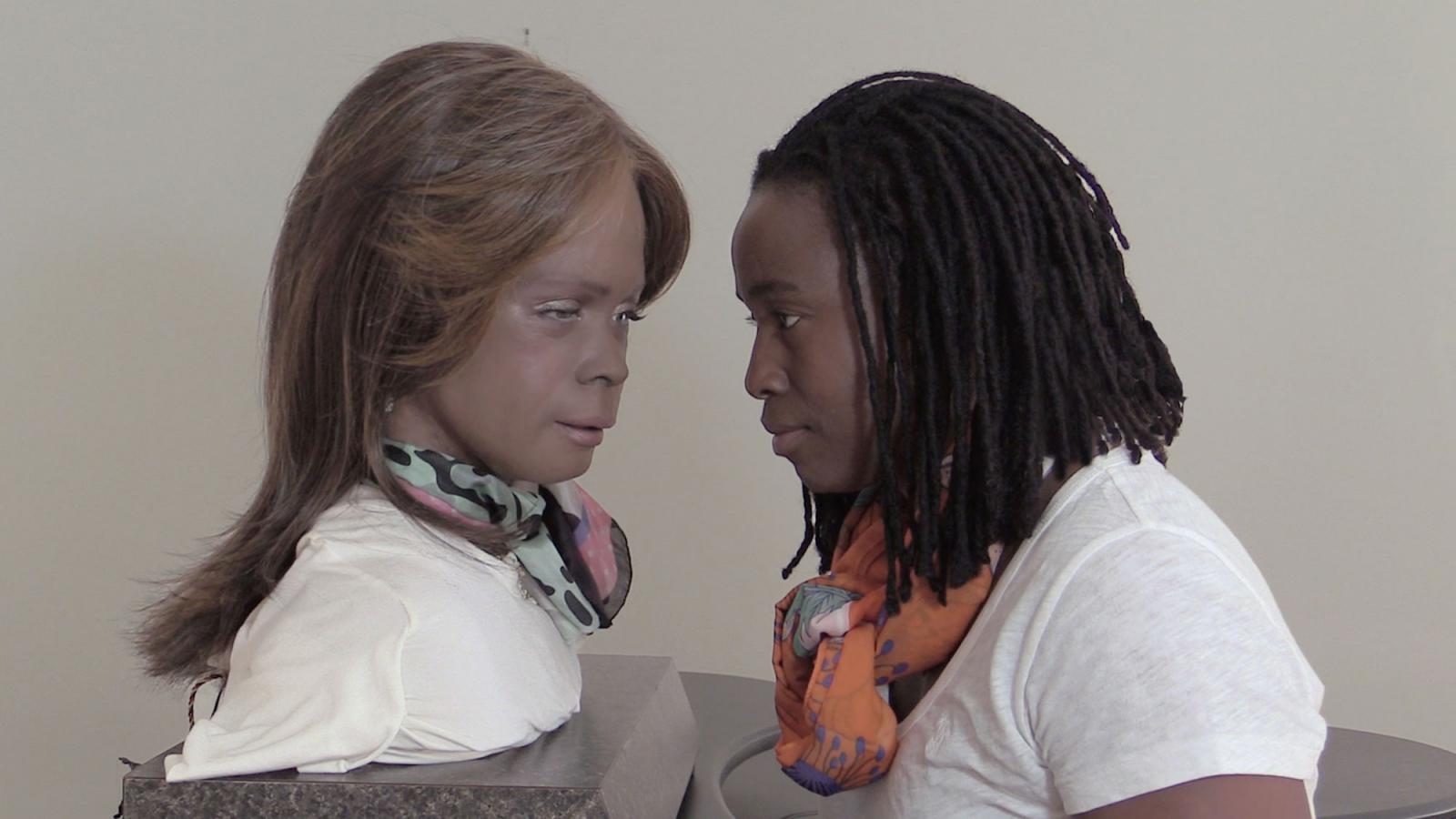
Conversations with Bina48 unearths the racial dynamics embedded in artificial intelligence, robotics, and machine learning. The work takes the form of a series of interactions between Stephanie Dinkins and the social robot Bina48 (Breakthrough Intelligence via Neural Architecture 48). Bina48 is the brainchild of Martine Rothblatt, an entrepreneur who, with her wife, Bina, cofounded the Terasem Movement, an organization that seeks to extend human life through cybernetic means.

